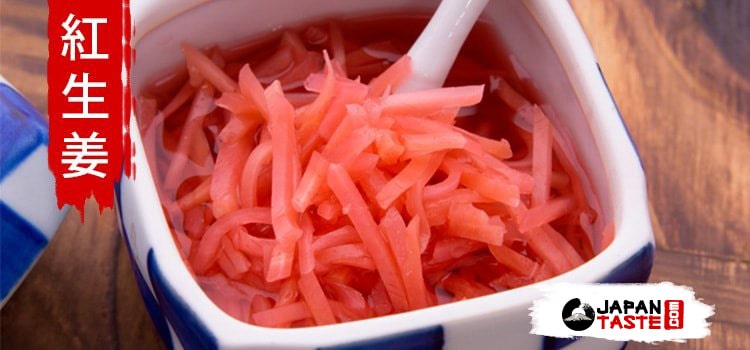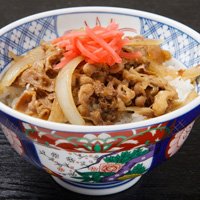Beni shoga is pickled red ginger found in many Japanese dishes, presentation :
Beno shoga, a popular tsukemono
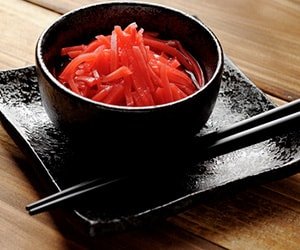 Beni shoga “紅生姜” is bright red ginger pickled in Japanese apricot vinegar called umezu. You will find it cut into strips of about 3 cm. This one is part of the family of tsukemono. It is preserved using a technique based on a very long maceration. Also called pickles, you will also find it as an aperitif in izakaya (Japanese bars) for example.
Beni shoga “紅生姜” is bright red ginger pickled in Japanese apricot vinegar called umezu. You will find it cut into strips of about 3 cm. This one is part of the family of tsukemono. It is preserved using a technique based on a very long maceration. Also called pickles, you will also find it as an aperitif in izakaya (Japanese bars) for example.
The umeboshi is part of tsukemono, this salted plum is very used in Japanese cuisine. Note that all tsukemono are very good for your health!
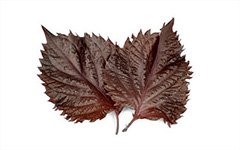
Beni shoga is colored by red shiso leaves. However, many beni shoga sold in the market are dyed with chemical dyes. It is a bit sour and has a slight taste of ginger. It is necessary to use very little and it allows to spice up dishes and to decorate them too.
Be careful not to confuse it with gari, the pink ginger that is often served with sushi
.
The use of beni shoga in Japanese cuisine
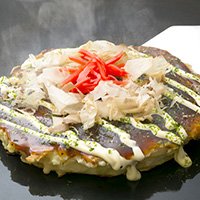
Okonomiyaki is a delicious thick savory pancake. The beni shoga accompanies this pancake.
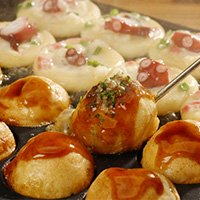
Takoyaki are octopus balls that are very popular in Osaka. The beni shoga is found in the stuffing.
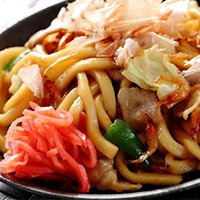
Yakisoba are noodles sautéed on a hot plate on top of which is beni shoga.
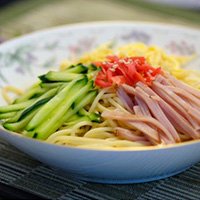
Hiyashi chuka is a bowl of ramen covered with toppings. This dish is usually eaten in the summer in Japan
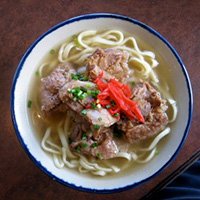
Okinawa soba is a bowl of noodle soup. As the name suggests, it originated in the city of Okinawa, a small island in the very south of Japan
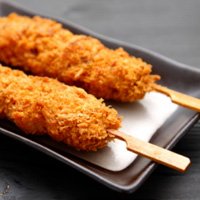
Beni shoga kushikatsu is a breaded skewer of pickled red ginger.
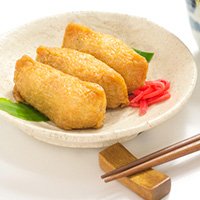
Inari sushi is a pocket of fried tofu filled with vinegared rice and for some beni shoga
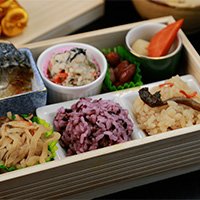
The bento is a takeaway made up of small dishes sushi, karaage Japanese rice… and sometimes beni shoga!
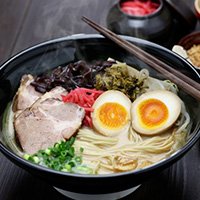
Hakata ramen is a bowl of noodle soup. It is the specialty of the city of Fukuoka in Japan
It doesn’t take much to spice up the dish! Tsukemono in general are used sparingly.


